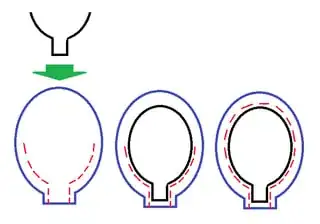Without being able to reference any objective, scientific sources, I would propose wrapping the squeaker in several layers of fabric.
Kevlar is certainly extremely resistant to cuts and tears, but it does not resist being punctured by things like needles or canine teeth.
Though the two terms are sometimes confused, cut resistance and puncture resistance are definitely not the same thing. The frightening reality is that while it’ll protect you against cuts, a knitted Kevlar® glove offers basically zero protection against punctures. (Source)
Leather, on the other hand, does resist being punctured to a certain extend. So does a Gambeson - a medieval padded cloth armor that was effective and cheap enough to be used for several centuries. A single layer of cloth doesn't offer much resistance to a sword or the teeth of a dog, but many layers of the same fabric are able to withstand much more force and cushion the squishy insides.
Personally, I would look for some fabric scraps - old bedsheets and linens, old shirts or a torn jeans. If you have a leather jacket or bag you'd want to throw away anyways, salvage some of the leather.
Then I'd lay the squeaker on top of the fabric / leather and draw its outline onto it with a few millimeters (or an 8th of an inch) ease around it. Cut 2 identical pieces for 1 layer of "armor", 4 pieces for 2 layers and so on. Cut the pieces at a distance of an additional 1,5 cm or 1/2 inch around the outline and sew as many layers together as you think will protect the squeaker.
Keep in mind that the opening must remain big enough to put the squeaker inside its "armor". I propose first sewing the front where the actual squeaking bit needs to stick through, then inserting the squeaker and sewing the back half shut, like so:

